After he was arrested outside his Virginia apartment in March, Georgetown University professor Badar Khan Suri was briefly detained in the state before being put on a plane bound for an immigration detention center more than 1,000 miles away.
Suri — who was targeted by Immigration and Customs Enforcement for his Palestinian activism and his family ties to Gaza — arrived at the only ICE facility that doubles as an airport, without his attorneys having any idea where he was.
Officers told Suri that he had entered the nation’s “super deportation center,” according to his attorneys.
The college professor was shackled at the ankles and handcuffed then marched into a 70,000 square foot “staging facility” in Alexandria, Louisiana, which has emerged as the nexus point for President Donald Trump’s mass deportation machine.
Suri is far from alone. Since Trump returned to the White House, more than 20,000 people en route to other detention centers have passed through the Louisiana facility — which ICE officials have long aspired to operate like corporate giants FedEx and Amazon.
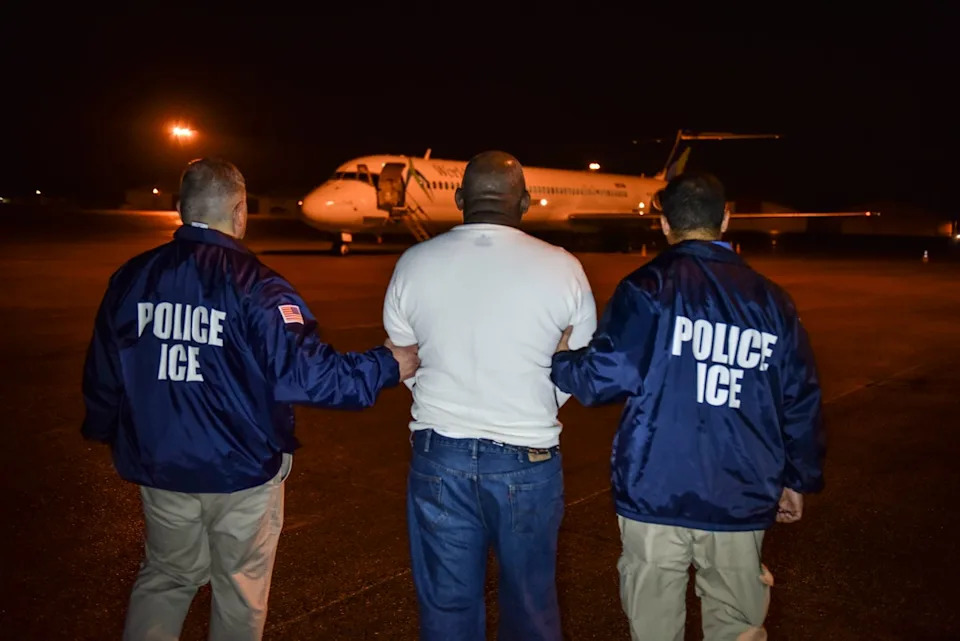
ICE’s acting director Todd Lyons has bluntly compared the movement of people to packages.
“We need to get better at treating this like a business, where this mass deportation operation is something like you would see and say, like, Amazon trying to get your Prime delivery within 24 hours,” Lyons told a law enforcement conference in Phoenix earlier this year.
“So, trying to figure out how to do that with human beings,” he said.
The idea of “running the government like a business” has taken root inside ICE over the last decade with lucrative public-private partnerships between the federal government and for-profit contractors, which operate roughly 90 percent of all ICE detention centers.
Since before the Trump administration, the ICE field office in New Orleans — which is responsible for removal operations in Alabama, Arkansas, Louisiana, Mississippi and Tennessee — was modeling operations after shipping giant FedEx and its “spoke-hub” model.
Detainees are temporarily held in detention “hubs” before they’re sent to a network of detention center “spokes” where they wait to be deported.
In Suri’s case, he arrived at the Alexandria “hub” before he was moved to a regional “spoke” in Texas.
The idea for a staging facility in Louisiana “started on a cocktail napkin” at Ruth’s Chris steakhouse, according to Philip Miller, a former ICE official in New Orleans who went on to work for an IT firm that contracts with federal law enforcement.
Miller sought “a more effective and efficient way of moving the growing number of foreign detainees,” according to 2015 newsletter from GEO Group, the private prison contractor that operates the Alexandria facility.
Trump’s border czar Tom Homan tapped former GEO Group executive David Venturella to support the administration’s deportation agenda, and he is now serving in a top role at ICE managing contracts for immigrant detention centers, according to The Washington Post.
Meanwhile, Daniel Bible, who worked at ICE for 15 years, including a year as the executive associate director of removal operations, left the agency in November 2024 to join GEO Group as its executive vice president.
GEO Group referred The Independent to ICE for comment.
Lyons, who has helmed ICE since March, addressed his now-viral remarks about treating immigrants like packages in an interview the following month.
“The key part that got left out of that statement was, I said, they deal with boxes, we deal with human beings, which is totally different,” he told Boston 25 News.
ICE “should be run like a corporation”, he told the outlet.
“We need to be better about removing those individuals who have been lawfully ordered out of the country in a safe, efficient manner,” Lyons continued. “We can’t trade innovation and efficiency for how we treat the people in our custody.”
The Independent has requested comment from ICE on its removal operations at the Alexandria facility.
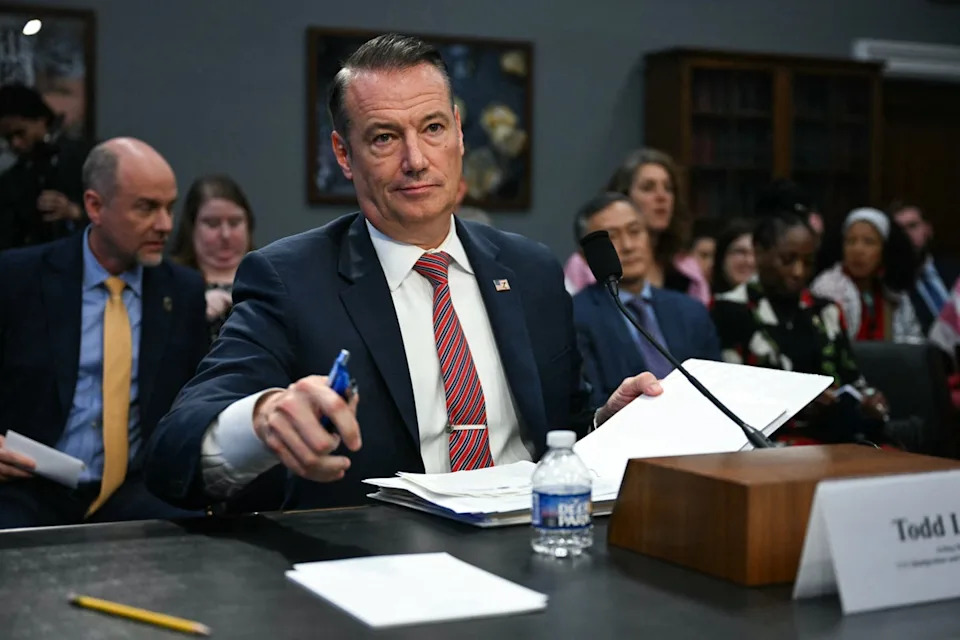
Fourteen of the 20 largest ICE detention centers in the U.S. are in Louisiana, Mississippi and Texas, a network that immigrant advocates have labelled “deportation alley.” The jails — most of which are operated by private prison companies — hold thousands of people each year.
More than 7,000 people are currently jailed in Louisiana’s immigration detention centers while Texas facilities are holding more than 12,000. More than 56,000 people are in ICE detention across the country.
But Louisiana is home to the nation’s only ICE detention center with a tarmac. The facility in Alexandria has become the nation’s busiest deportation airport with 1,200 flights to other U.S. detention centers and more than 200 planes leaving the country since Trump took office.
ICE has operated at least 209 deportation flights in June, the highest level since 2020. During the first six months of Trump's second presidency, ICE removed nearly 150,000 people from the U.S.
Alexandria, a city of roughly 44,000 people, is the ninth largest in the state but surrounded by forest and swampland, with summer temperatures regularly climbing into triple digits with humidity levels exceeding 70 percent.
Detainees at the facility in Alexandria cannot be held for more than 72 hours, and the facility does not permit access to visitors or even legal counsel, according to attorneys.
Suri was held there for three days before being transferred to a Texas detention center where he was housed in the “TV room,” according to his attorneys. He was given only a thin plastic mattress. Suri was released after spending eight weeks in detention amid an ongoing legal battle.
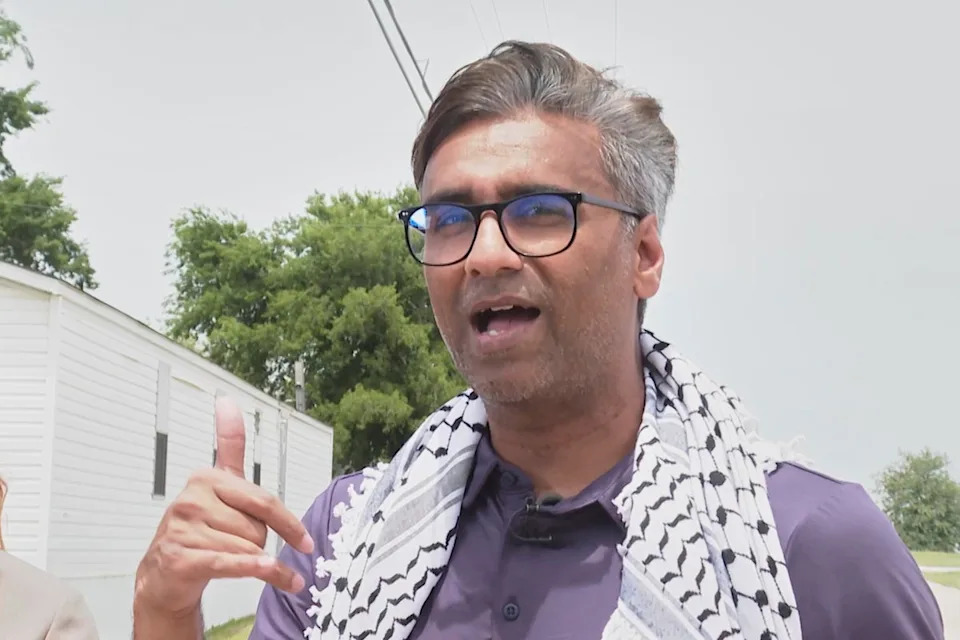
Louisiana locks up more people per capita than any other U.S. state, in a country with one of the highest incarceration rates on the planet.
Most incarcerated people in Louisiana are in local jails, and the state pays sheriffs a daily rate per inmate, creating what civil rights groups fear is a cruel pay-to-play system that incentivizes locking people up.
In 2017, the state’s Democratic Governor John Bel Edwards advanced legislation to reduce the state’s prison population, which ultimately fell by more than 8,000 over the next five years.
But at the same time, the first Trump administration was ramping up immigration arrests and expanding capacity to hold immigrants in detention.
Following Trump’s 2016 victory, ICE expanded the nation’s immigration detention system by more than 50 percent, with contracts for private companies to operate at least 40 new detention facilities. Companies including GEO Group, CoreCivic and LaSalle Corrections own or operate facilities that jail the majority of immigrants.
All but one of Louisiana’s nine facilities are run by private prison firms.
The 400-bed detention center in Alexandria is run by GEO Group, whose stock is valued at roughly $4 billion.
Inside, dorm-style units hold up to 80 people each, and each includes an expansive “processing area” with rows of benches and walls lined with hundreds of shackles. People who are processed at the facility from arriving flights are placed in five-point restraints and forced to sit on the benches, according to immigration attorneys.
Before it opened in 2014, ICE transported people by bus from different jails to a local commercial airport or Alexandria International Airport, a converted military base that has emerged as what human rights groups called a “national nerve center” for ICE Air, the group of charter airlines contracted with the agency to operate deportation flights.
“Alexandria allows the concentrated detention and staging of hundreds of people at a time, optimizing efficiency of ICE’s deportation machine,” according to a 2024 report from a coalition of human rights groups.
In August 2017, the Department of Homeland Security’s Office for Civil Rights and Civil Liberties found that the Alexandria facility “is not properly screening for and identifying detainees at risk for suicide” and “does not provide mental health treatment and programming,” the report found.
That civil rights office was among bureaus within Homeland Security that have been abruptly shuttered under Trump’s second administration.
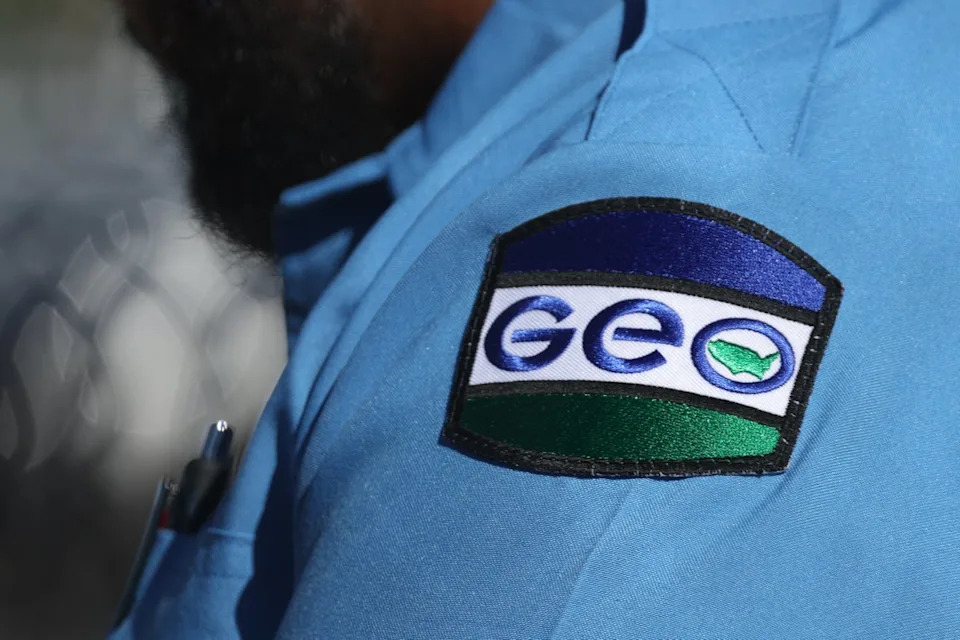
Alexandria is a two-hour drive from Baton Rouge and more than three hours away from New Orleans, where most of the state’s immigration attorneys live and practice.
That distance has made access to legal counsel for the nearly 8,000 people in Louisiana’s detention facilities enormously difficult. There is little if any access to the internet or law libraries and few chances to privately speak with family or attorneys.
To visit detainees at another facility, the Pine Prairie ICE Processing Center, roughly 200 miles from New Orleans, Tulane University law professor Mary Yanik and students with the Immigrants’ Rights Law Clinic said they leave by 5:30 a.m. and return as late as 10 p.m., in order to speak with as many people as possible.
“That is a grueling schedule, if you think about the number of hours for a single visit with a client for a single court hearing,” she told The Independent earlier this year. “They feel forgotten. They feel like they’re screaming into a void.”
The most common question among them is “why am I here?”
“They’re so disoriented by what was happening to them, and so confused. At least one person thought they were in Texas,” she said. “‘What is going on? Can’t I just go home?’”

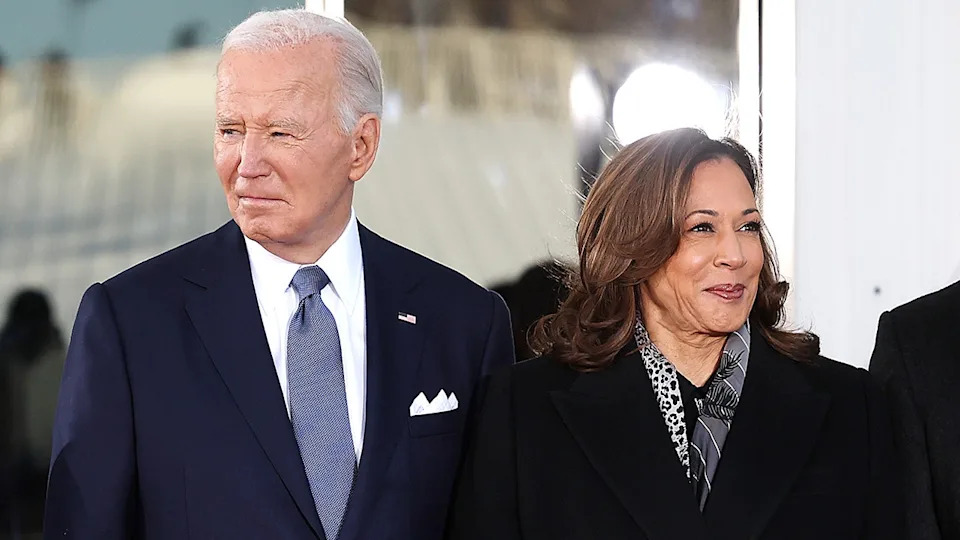
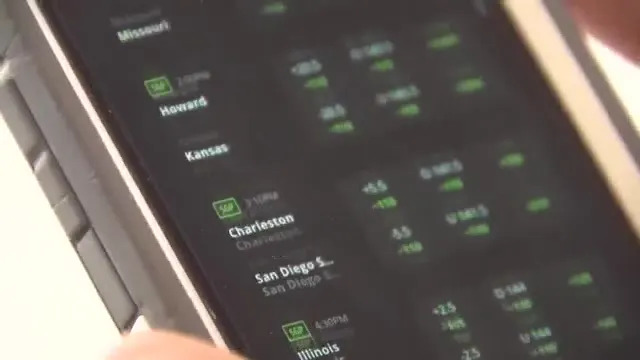


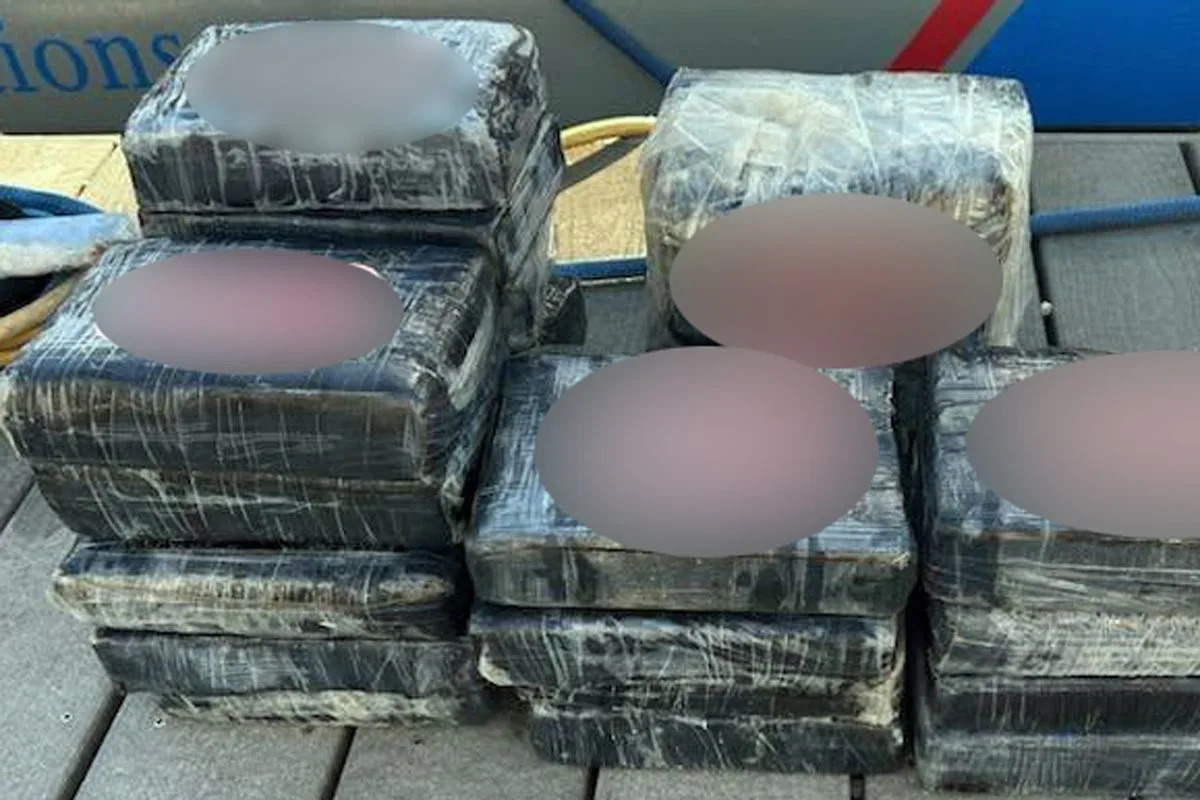
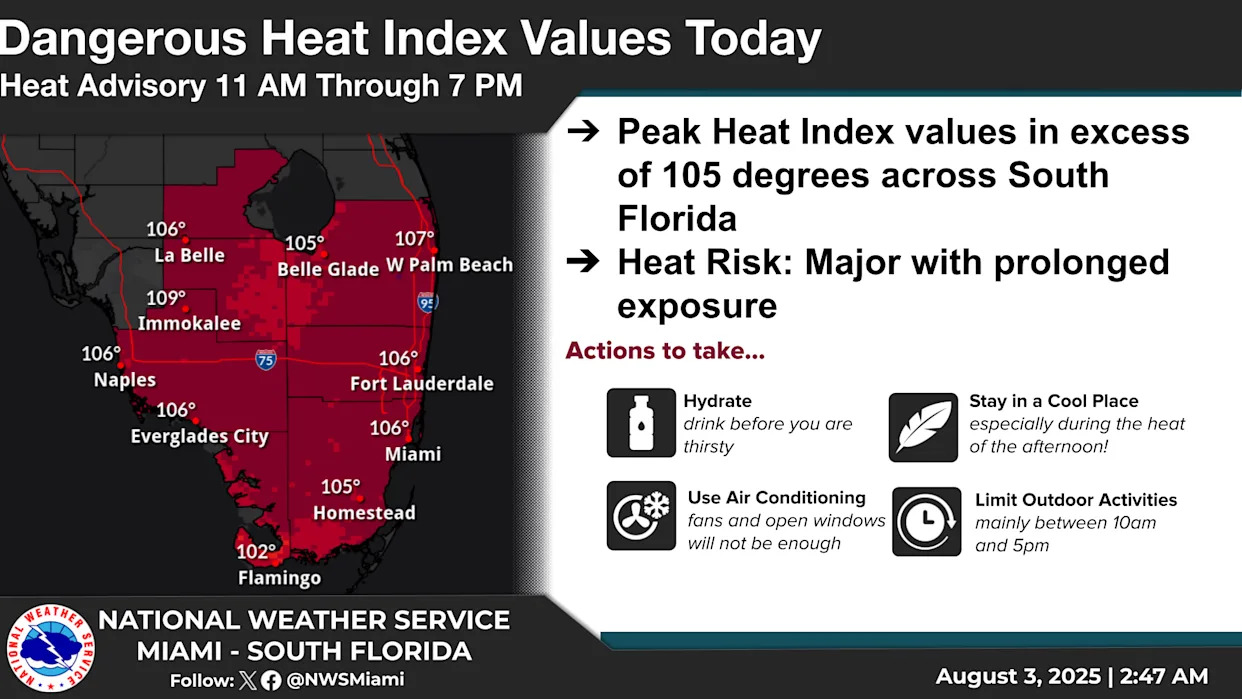

Comments